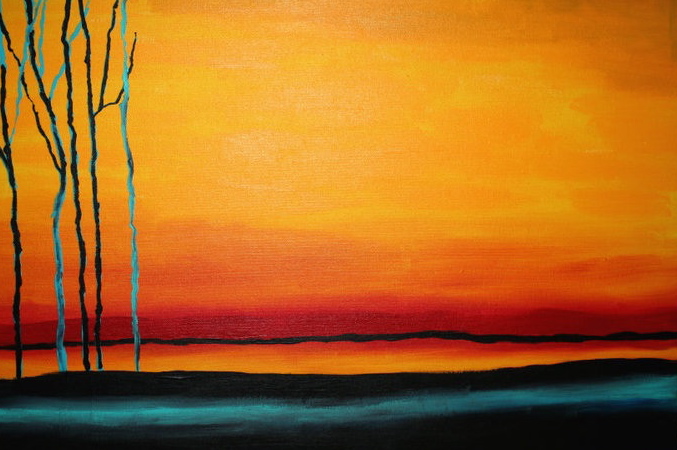Following Where the Brush Leads: The Potential of the Zuihitsu in American Postmodernist Literature
Abstract
The zuihitsu is a classic genre of Japanese literature that emerged sometime in the Heian Period (794-1185 AD), first seen in Sei Shonagon’s The Pillow Book. The word zuihitsu, which is made up of the kanji for “to follow” and “brush,” is usually translated as “following the brush” or “random jottings” (Hahn “Compass”). As such, the zuihitsu generally consists of a series of loosely connected, fragmented essays, ideas, word pictures, and poems. And, while the first zuihitsu dealt with court life in Heian Period Japan, they could also focus on any number of traditional Japanese themes, including the appreciation of the changing of the seasons, and the Buddhist preoccupation with the impermanence of the material world (as seen in The Pillow Book, Chomei’s Hojoki, and others).
The zuihitsu would not seem an obvious form to find in American literature, let alone in postmodern American literature. However, some Asian-American poets, most notably Kimiko Hahn, have made a conscious effort to bring it to the American literary scene. The best example of the zuihitsu in American literature is Kimiko Hahn’s The Narrow Road to the Interior, which is largely influenced by Shonagon’s The Pillow Book and another zuihitsu, Japanese haiku poet Matsuo Basho’s The Narrow Road to the Interior, from which Hahn took her title. When examined, Hahn’s use of the zuihitsu can be called postmodern. Conversely, I believe at least one recognizably postmodern text, Carole Maso’s AVA, can also be classified as a zuihitsu.
Postmodern texts rely heavily on mutability, fragmentation and pastiche, fluidity, indeterminancy, and the transgression or “effacement” of boundaries (Hassan 1987; Jameson 1991; McHale 1992). Likewise, I would argue that the form and thematic focus of the zuihitsu relies on many of the same elements, especially in modern usage. Working from these basic assumptions, and using the primary examples of Hahn’s The Narrow Road to the Interior and Maso’s AVA, this paper will demonstrate that the zuihitsu is perfectly suited to a postmodern project in both poetry and prose.




